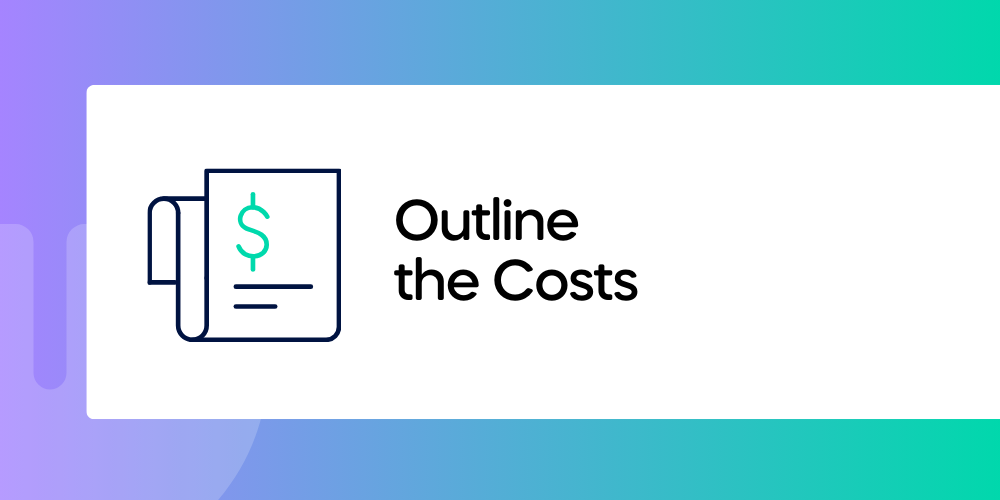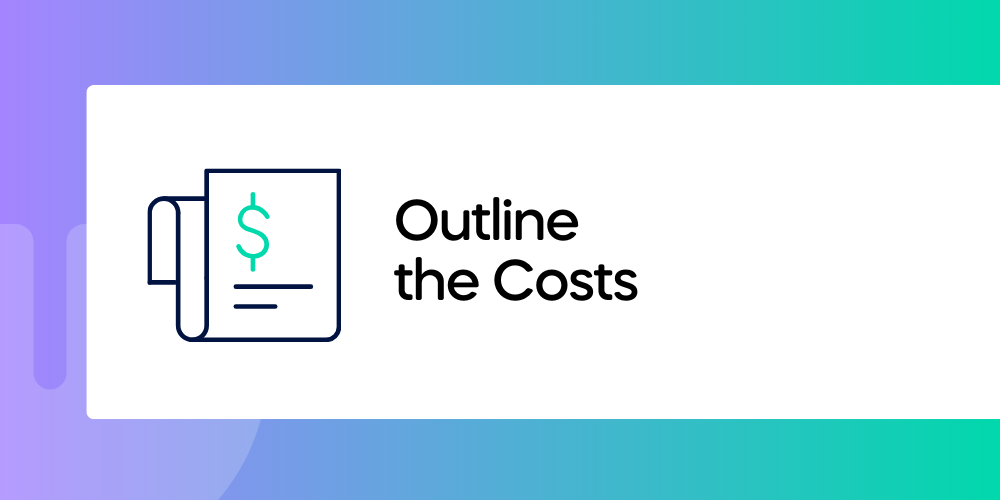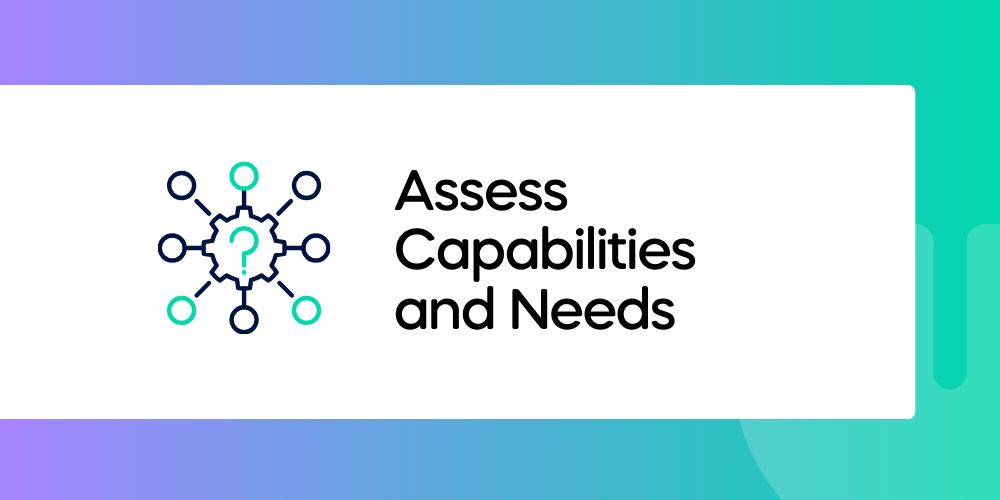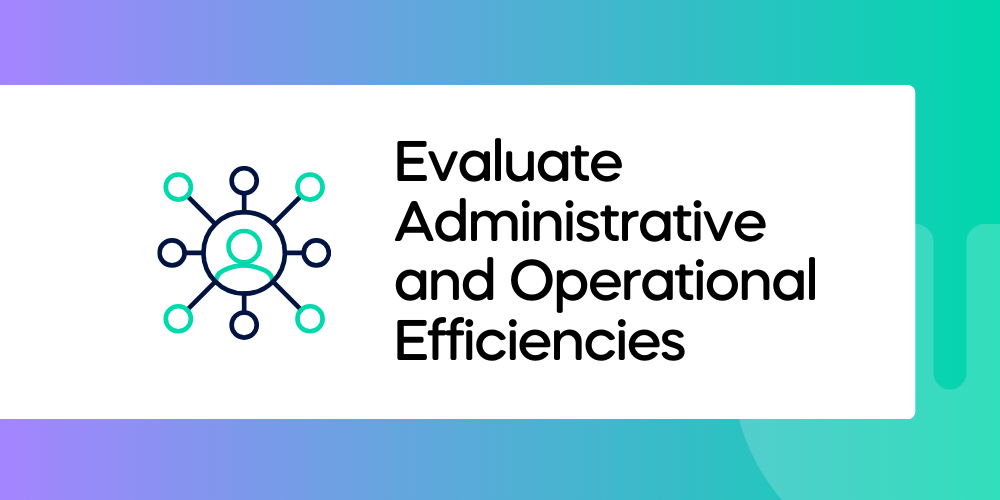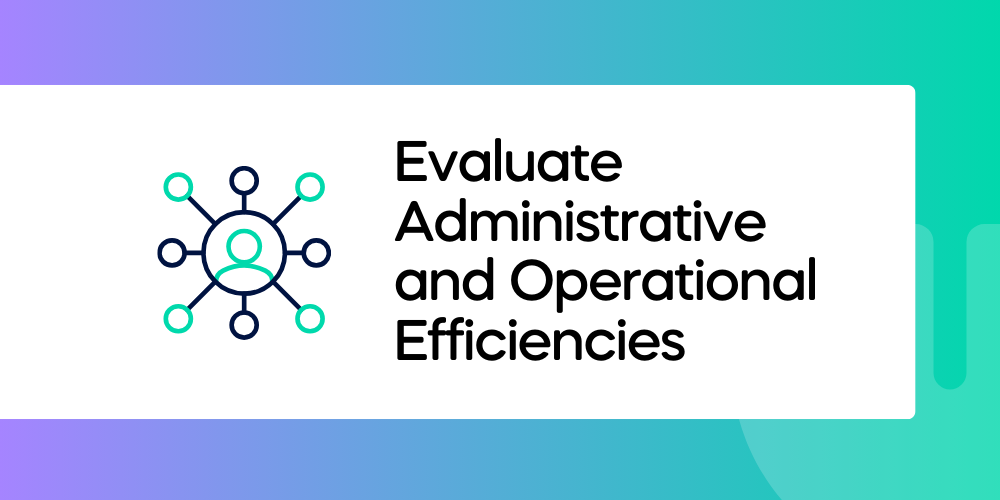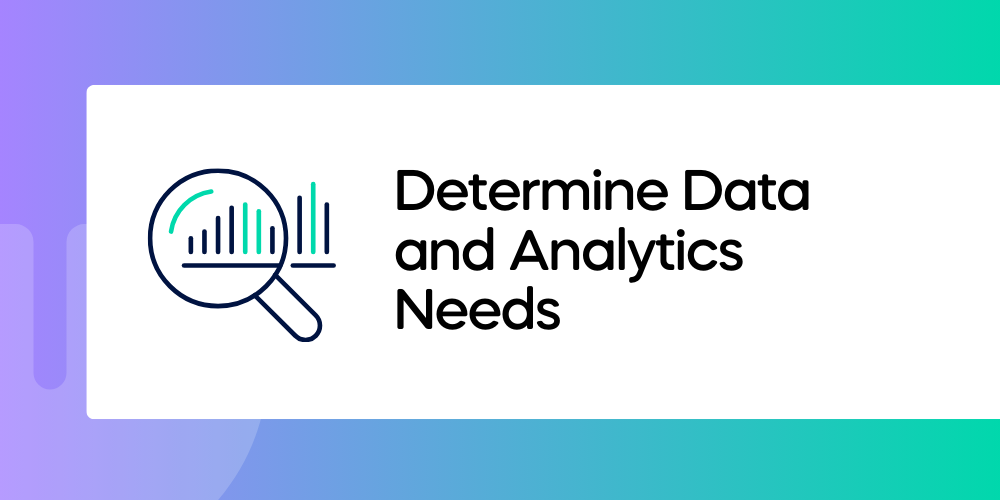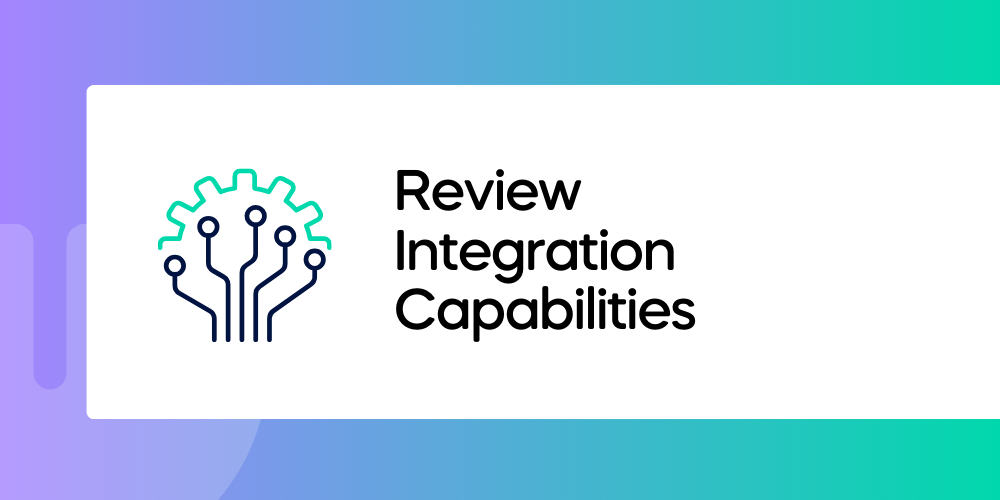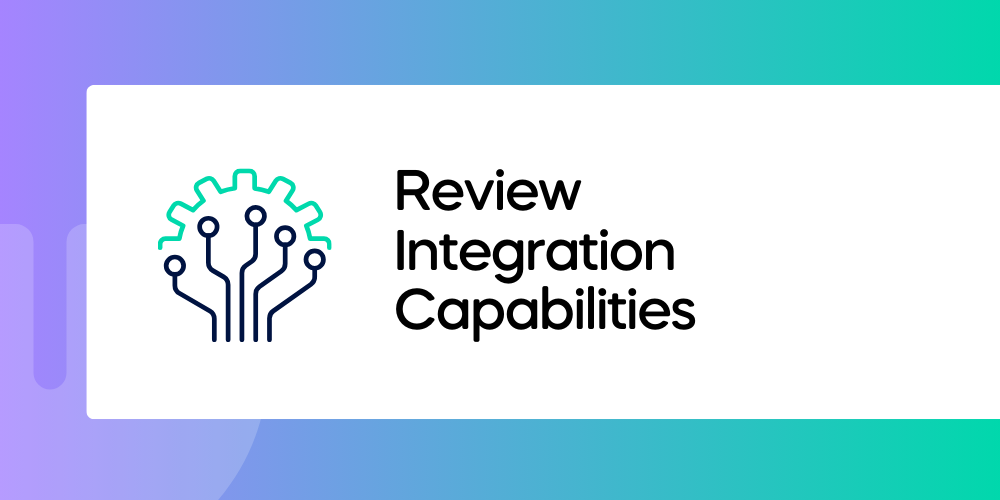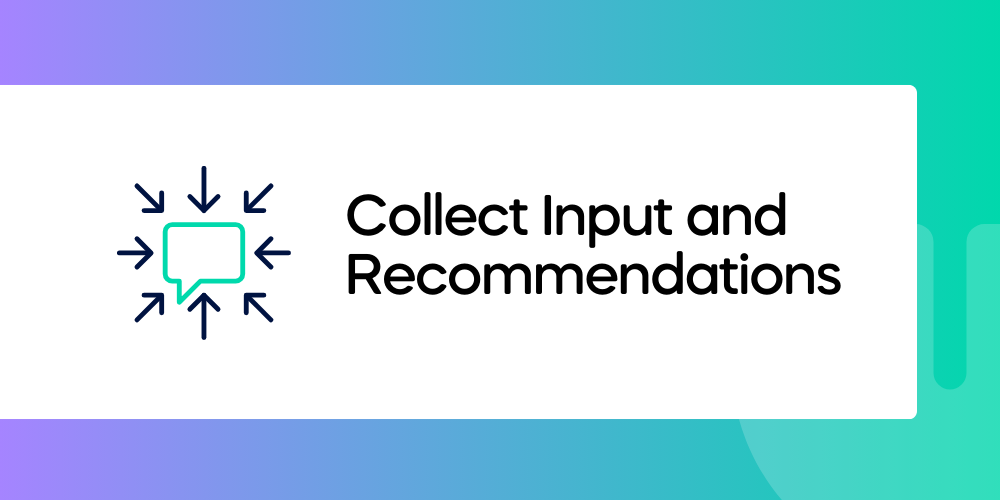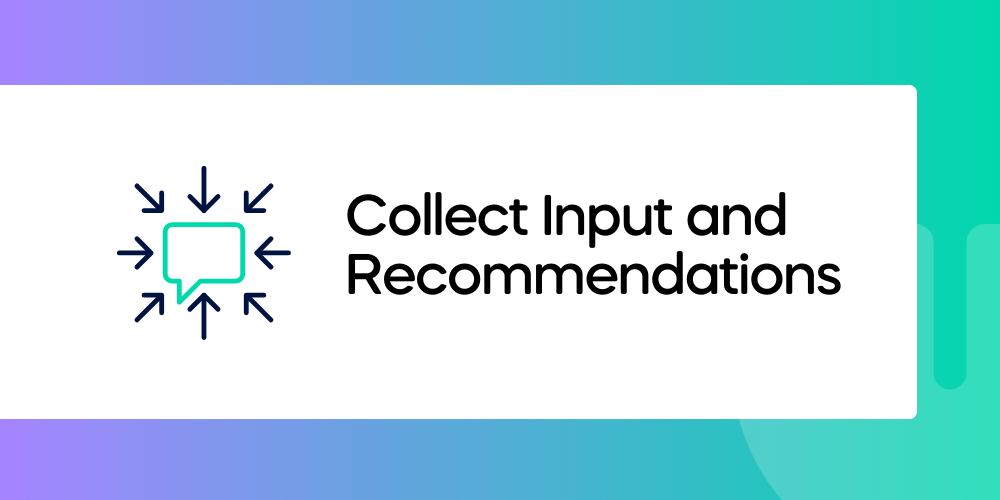As public transportation agencies advance in the digital era and provide a broader range of mobility solutions, embracing technology becomes imperative for enhancing service quality, attracting ridership, and optimizing operational efficiency. One technological solution that has captured interest in recent years is Software as a Service (SaaS). SaaS presents a streamlined approach to managing transportation service by allowing agencies to configure options to fit their needs, benefiting passengers and administrative teams.
This guide will explore key factors to help public transportation agencies determine whether SaaS aligns with their requirements.
Here is what we’ll discuss:
- Evaluate Your Current System
- Define Agency Objectives
- Outline the Costs
- Assess Capabilities and Needs
- Consider the Rider Experience
- Evaluate Administrative and Operational Efficiencies
- Determine Data and Analytics Needs
- Assess Maintenance and Support Needs
- Review Integration Capabilities
- Collect Input and Recommendations
Let’s get started.
Making an informed decision can elevate service delivery, cost-effectiveness, and overall performance. Steps to determine whether to move forward with a SaaS system over traditional on-premises, design-build solutions should include the following:
Steps 1 – 3


Evaluate Your Current System
- Begin by assessing your agency's existing technological infrastructure and systems.
- Identify pain points, inefficiencies, and areas that require improvement.
- Determine if your current systems are scalable and can adapt to evolving needs or if they are limiting your growth potential.
- Consider the agency size, complexity of operations, and specific features and functions required in the system.
Define Agency Objectives
- Clearly outline your agency's short-term and long-term objectives.
- Ideate objectives. For example, if a goal is to increase ridership, a scenario would be: “Allow us to create special fare products for institutional partners and empower them to easily sell those fare products directly to their rider base.”
Outline the Costs
-
Evaluate your agency's budget constraints and financial capacity.
- Consider upfront costs, maintenance, and ongoing expenses.
- Compare the total cost of ownership (TCO) of implementing a SaaS solution versus maintaining or upgrading your existing systems.
- Consider the scalability and flexibility benefits of SaaS pricing models versus that of a bespoke solution pricing model.
Steps 4 – 6


Assess Capabilities and Needs
- Assess solution capabilities against your scenarios to help determine if an existing SaaS solution meets your requirements without needing to be a design-build or full-customized solution.
- Assess which solutions can best accommodate growth and fluctuations of your operations and ridership.
Consider the Rider Experience
- Recognize the importance of providing a seamless and convenient experience for riders.
- For a more comprehensive and flexible mobility solution, explore how a SaaS solution can enhance online booking, trip planning, mobile ticketing, real-time information, and payment options.
Evaluate Administrative and Operational Efficiencies
- Consider how SaaS can streamline administrative and operational tasks, such as route planning, scheduling, fare collection, operator and customer interactions, performance measurement, and reporting.
- Evaluate the potential for automating manual processes to reduce errors and save time.
Steps 7 – 9


Assess Maintenance and Support Needs
- Evaluate the level of maintenance and support required for a SaaS solution. Typically, SaaS vendors manage maintenance and updates reducing the burden of the agency’s IT staff, allowing them to focus on other priorities.
- Assess if your agency has the internal resources to manage updates, security, and user support for an on-premises system.
- Measure the benefit of automatic updates and continuous innovations offered by SaaS providers allowing for significantly reduced system downtime and the latest advancements in technology without the need for costly upgrades or migrations.
Choosing the right technology solution is a critical decision for public transportation agencies. Software as a Service (SaaS) can offer numerous benefits, from improving rider experience to optimizing administrative tasks. However, it's essential to thoroughly assess your agency's needs, goals, and budget before making the transition.
If you determine SaaS is a good fit for your agency, we'd love to show you how the Umo Mobility Platform has simplified and optimized fare collection for agencies across the US and Canada with our field-proven SaaS solution.






